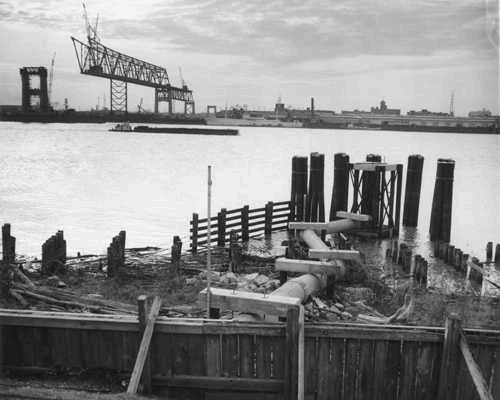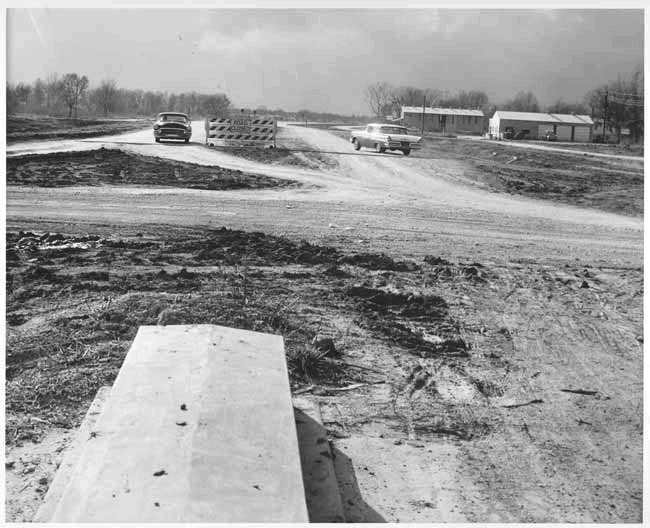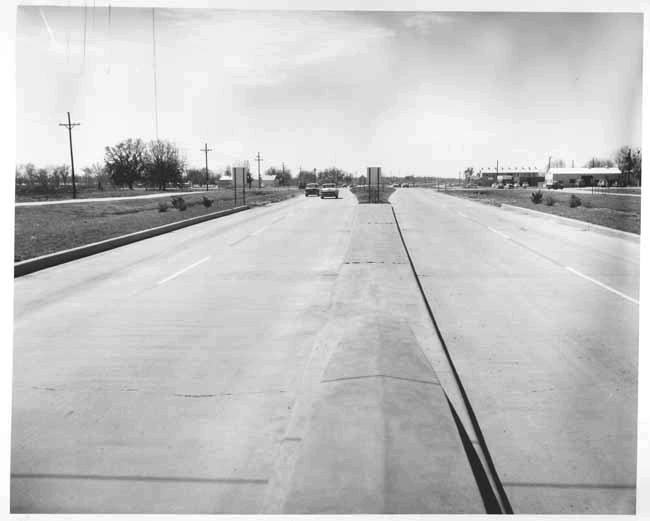|
Today in New Orleans History |
|
|
February 1



 

To receive an update for each day in New Orleans
history, join our facebook page
- Today in New Orleans History
Born in New Orleans on October 16, 1926 , Judge James August Comiskey served in the United States
Army during World War II, from 1944 to 1946. He received a B.A. from Loyola University New Orleans in 1949 and a J.D. from
Loyola University New Orleans School of Law in 1951. He was in private practice in New Orleans from 1951 to 1967. On
January 16, 1967, Comiskey was nominated by President Lyndon B. Johnson to a new seat on the United States District Court
for the Eastern District of Louisianacreated by 80 Stat. 75. He was confirmed by the United States Senate on March 2, 1967,
and received his commission on March 4, 1967. Comiskey served in that capacity until his resignation on June 15, 1975.
He was thereafter in private practice in New Orleans until his death in that city on February 1, 2005.
Photograph by Leon Trice of Pace Boulevard from General Meyer to Magellen Street on February 1, 1957.
On February 1, 1893, New Orleans for the first time, rode in cars powered by electricity.
The experience proved delightful, safe and successful. All of New Orleans had known for many months that the New Orleans
and Carrollton Railroad Company had been busily engaged in changing their railway system from the slow mule to the progressive
power of electricity. (NOPL) Our streetcars are now among the oldest passenger transportation systems in the U.S. In the record book of the New Orleans (La.) Third Municipality Recorder's Office -- Records of criminal
proceedings, 1840-1852 can be found (in the section "Records of the State vs. free persons of color, 1840-1851")
entries of the names of the free persons of color arrested and dates of arrest, with approximately 40% of the records
including a manuscript physical description of the arrestee, with reference to his age and place of birth. These
arrests were made for violations of acts passed in 1807 and 1830 to prevent free persons of color from entering into
the state. An example, from February 1, 1842: "C.C. Chandler alias Charles Challender, mulatto,
aged about 26 years, born in Newport, R.I., large, strong features, big head, scare [sic] on left arm, free, says
Recorder Baldwin;"
Born on February 1, 1832 in Lexington, Kentucky as Eliza Moore Chinn, Mrs. Ripley was
the daughter of Judge Richard Henry Chinn and Betsy Holmes. She wed her first husband, James A. McHatton of Kentucky,
in 1852 and for ten years they lived at Arlington Plantation, a few miles below Baton Rouge. Her second marriage in
1873 was to Dwight Ripley of Norwich, Connecticut. In 1912 her book Social Life In Old New Orleans -- Being Recollections
of my Girlhood was published by New York and London, D. Appleton and Company. She died one day after “Negotiations
for publication of this work were completed.” I highly recommend this book, as it captures a time past. It can be found here. Étienne de Boré (27 December 1741 – 1 February 1820) was the
first Mayor of New Orleans. Though born in Kaskaskia, Illinois, he was sent to Europe to be educated and spent most
of his life there. On leaving school he entered French military service in the Musketeers of the Guard, and, later, after
a visit to Louisiana, on business, was transferred to the cavalry. He left the army with the rank of captain. His wife, Marie
Marguerite d'Estrehan, came from one of the most prominent families of colonial Louisiana; her father, Jean Baptiste d'Estrehan,
was the Royal Treasurer of French Louisiana. Etienne owned a great plantation a few miles above the City of New Orleans.
There he had originally cultivated indigo. But when this product lost its market as a result of competition from Guatemala,
he turned his attention to the manufacture of sugar. On his estate he set up a sugar mill and there, in 1795, had, with
the aid of two Cubans, Mendez and Lopez, succeeded in producing the first granulated sugar ever known in the colony, with
the result that agriculture was completely revolutionized. He was appointed mayor by Governor William C. C. Claiborne in
1803; he resigned to look after his personal affairs the following year. He died at around 80 years old on
his plantation, and is buried in New Orleans' Saint Louis Cemetery No. 1. One of his daughters was the mother of Louisiana
historian Charles Gayarré.
On February 1, 1788, Mr. Labrosse de la Gardelle, soliceted city leaders, demanding his acceptance as physician for the colony.
|
|
|

To receive an update for each day in New Orleans history,
join our facebook page - Today in New
Orleans History.
Analytics |




